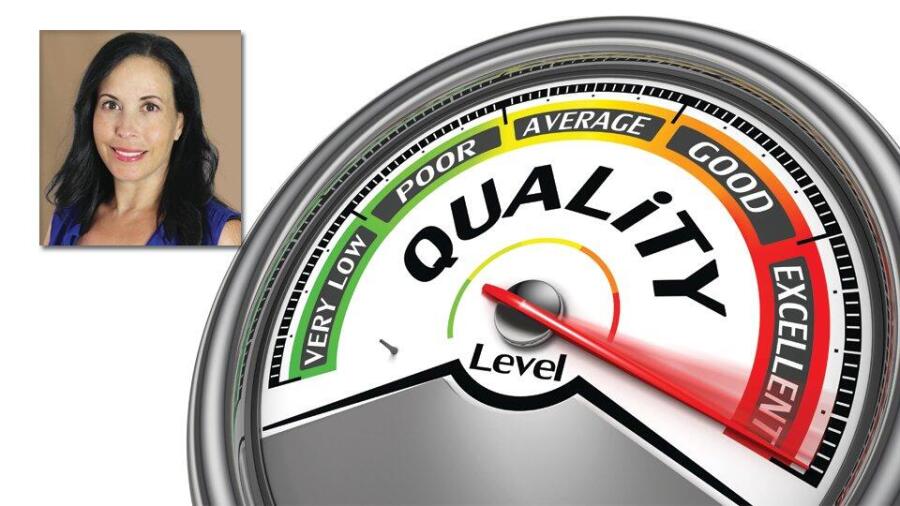One of the last decade’s most noticeable adult retail trends has been the shift from sex toys as illicit novelty items to sensual implements of self-care. Along with this shift came a steady improvement in product quality as well as the addition of high-end features and bells and whistles that elevate the item to levels end-users often don’t expect but very much appreciate. This was the birth of the “luxury” sex toy market, but it wasn’t just the level of quality that skyrocketed as a result — price points did too.
These luxury features made big impressions on consumers and carried big price tags to match. The existence of gold-plated, crystal-studded $200 vibrators filled a void in the adult retail industry and helped shift attitudes toward the business, but it also created a consumer gap that needed to be filled. Enter the “affordable luxury” category.
Luxury is in the eye of the beholder and it can exist at almost any price point.
What is ‘affordable luxury?’
Affordable luxury refers to products that offer a high standard of quality without a high price. These are products made with high-quality materials like platinum silicone and often come with functional features we often associate with higher-tier brands. Over the years, these features have ranged from USB rechargeability, fully waterproof construction, remote-control and app-enabled technology, and more than one motor for extra-intense vibration capability.
Truthfully, luxury is in the eye of the beholder and it can exist at almost any price point. For some, a product can be considered luxurious because it offers something unique and different unlike anything else on the market. Other times, a product’s high-tech features can make it fall under the luxury moniker. These days, affordable luxury focuses more on function, comfort and how a product is made than whether it comes with high-end packaging, blingy accents, or a high number on the price tag.
Affordable luxury for consumers
There will always be name-brand shoppers, people who desire and prefer a product emblazoned by a name they’re familiar with, or a toy that they’ve heard a lot about, and associate a high price point with “better” products. However, consumers are becoming more and more aware that these kinds of features don’t equate to long-lasting quality and price often doesn’t equate to quality.
As our consumer base grows with younger generation Z and millennial shoppers, we are seeing more who prefer to forgo the glitz in exchange for features that build trust, like warranties. To serve these shoppers, we recommend that retailers remember that consumers don’t need to spend $100 or more to get a great sex toy.
With brands like Blush, VeDo, Evolved, Satisfyer, and FemmeFunn, consumers can access the quality they want at a more accessible price point. That’s what we look for at Honey’s Place, considering products beyond the brand name to explore the product itself: How does it feel in the hand? Do the functions work as the packaging says? Is it sturdy or flexible? What does the vibration or stimulation method feel like against the palm or tip of the nose? (It’s a great way to measure the power of the motor.)
With affordable luxury, everyone wins!
Affordable luxury is an umbrella term that can mean different things to different people, but the common thread is quality features at lower-than-expected price points. Not only is affordable luxury a smart choice for consumers, it’s also essential for adult retailers. There’s no longer a gap between lower-priced, lower-quality entry items and high-cost luxe brands; smaller boutique brands consistently come out with quality goods at mid-range prices, putting more focus on materials and power than packaging and pizzazz. This is the sweet spot for retailers, assuring their stores have a range of offerings that appeal to the widest audience without pigeonholing them in a price-focused corner.
Affordable luxury offers retailers the means to supply consumers with fabulous products that don’t stress the wallet and accessible quality items for consumers who might believe luxury is out of reach. Now with new, smaller brands crafting high-quality products with unique functions and fresh colors and bigger manufacturers also catering to this growing category, affordable luxury has transformed into something that’s genuinely a win-win — and a must-have — for everyone!
Bonnie Feingold is the president and CEO of adult products distributor Honey’s Place.








